October 23, 2015
Multi office occupiers in the City of London could face millions more in taxes 0
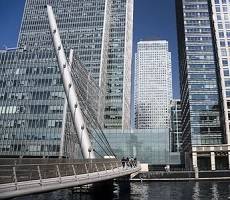 Multi office occupiers in the City of London could face an additional tax bill of an estimated £720million thanks to the recent Woolway v Mazars Supreme Court decision, which could allow the Valuation Office Agency (VOA) to assess business rates on a floor by floor rather than the entire area a company occupies, Cluttons has warned. Currently the VOA applies an allowance, or discount in layman’s terms, on substantial accommodation occupied over several floors in a building, subject to the size and specification of areas occupied. Within the Square Mile allowances starts from 70,000 sq ft for Grade A office space, 50,000 sq ft for Grade B and 21,000 sq ft for basic or poor accommodation. However, the Supreme Court’s decision, which contradicts previous case law and the VOA’s current policy, could mean businesses may lose any size allowance on their existing rating assessments.
Multi office occupiers in the City of London could face an additional tax bill of an estimated £720million thanks to the recent Woolway v Mazars Supreme Court decision, which could allow the Valuation Office Agency (VOA) to assess business rates on a floor by floor rather than the entire area a company occupies, Cluttons has warned. Currently the VOA applies an allowance, or discount in layman’s terms, on substantial accommodation occupied over several floors in a building, subject to the size and specification of areas occupied. Within the Square Mile allowances starts from 70,000 sq ft for Grade A office space, 50,000 sq ft for Grade B and 21,000 sq ft for basic or poor accommodation. However, the Supreme Court’s decision, which contradicts previous case law and the VOA’s current policy, could mean businesses may lose any size allowance on their existing rating assessments.





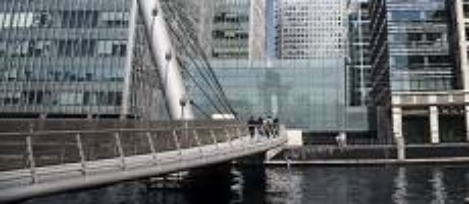






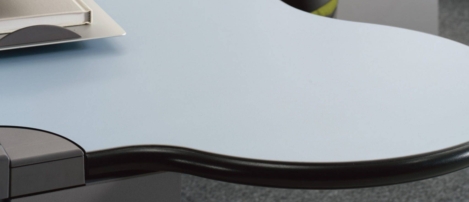
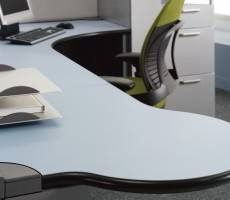 I was involved in a meeting with an office fit-out company this week which involved a discussion of how their clients can develop misconceptions about the extent to which their contemporaries are introducing new office design and management models based on agile working, shared space, mobile technology and all that other good stuff. This presents a particular challenge for firms in the sector because their day to day experiences of what clients talk about and ask from them can be pretty removed from the things talked about in the media. If you were to judge the state of the office solely on the basis of what you read and hear and see at shows, it would be easy to conclude that the office is indeed dying and dragging down with it the markets for office furniture, commercial property and traditional technology. The problem is that the facts don’t support that notion at all.
I was involved in a meeting with an office fit-out company this week which involved a discussion of how their clients can develop misconceptions about the extent to which their contemporaries are introducing new office design and management models based on agile working, shared space, mobile technology and all that other good stuff. This presents a particular challenge for firms in the sector because their day to day experiences of what clients talk about and ask from them can be pretty removed from the things talked about in the media. If you were to judge the state of the office solely on the basis of what you read and hear and see at shows, it would be easy to conclude that the office is indeed dying and dragging down with it the markets for office furniture, commercial property and traditional technology. The problem is that the facts don’t support that notion at all.




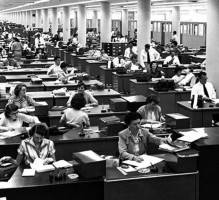
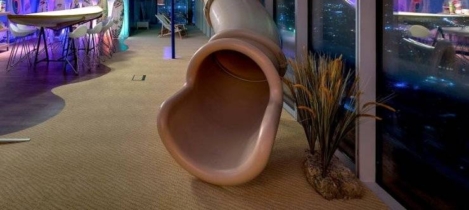
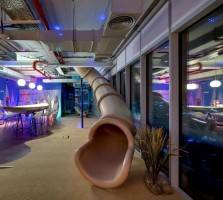









October 22, 2015
Seven ways to make your office work for different workstyles 0
by Brittney Herrera • Comment, Flexible working, Wellbeing, Workplace design
(more…)